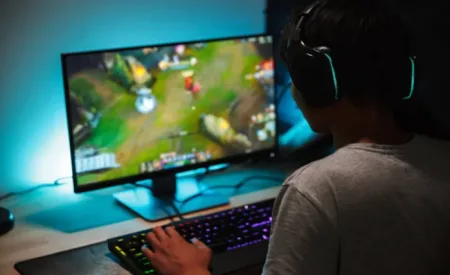For decades, casinos have been a major source of income for Indigenous nations in countries like the United States, Canada, and Australia. These operations are often built on tribal land, allowing Indigenous communities to generate revenue, create jobs, and fund local services.
However, these casinos operate within national borders and involve state or federal governments. That’s where profit-splitting agreements come in — formal deals that decide how much money goes to the tribe and how much goes to the public treasury.
These models vary widely, but their goal is usually the same: balance economic opportunity with shared responsibility.
A Win-Win Model from the Start
In many places, Indigenous casino operations began as small-scale ventures aimed at lifting communities out of poverty. Over time, some became major businesses — bringing in millions of dollars annually.
Governments saw an opportunity: If tribes would run casinos anyway, why not ensure that some of those profits helped the broader public, too?
That led to the creation of compacts — legal agreements that outline how much of the casino’s revenue will go back to the tribe and how much will be shared with the state. These deals often include:
- Fixed payments
- Percentage-based splits
- Infrastructure investments
- Public service contributions
They’re designed to ensure that both sides benefit — and that gaming remains a tool for development, not just private gain.
How Agreements Are Structured
Each profit-sharing model depends on local laws and negotiations. Some Indigenous nations keep most of the profits, paying only a small fee to the state for regulatory oversight. Others agree to share a larger portion in exchange for expanded gaming rights.
In some U.S. states, for example, tribes pay a percentage of slot revenues to the state in return for exclusive rights to operate casinos in certain areas. Some First Nations contribute part of their earnings to regional development funds in Canada.
These agreements aren’t always easy to reach. They require trust, legal clarity, and long-term planning. But when done right, they can lead to lasting economic growth for everyone involved.
Benefits Beyond Money
Profit-sharing doesn’t just affect bank accounts — it also strengthens relationships between Indigenous communities and government bodies. Working together opens doors for cooperation in other areas, such as education, healthcare, and environmental protection.
Some tribes use casino revenue to build schools, fund scholarships, or improve housing. States may invest their share in road projects, emergency services, or cultural programs.
This kind of investment helps break cycles of poverty and creates opportunities that extend far beyond the casino floor.
Challenges and Disputes
Not all profit-sharing arrangements run smoothly. Some tribes argue that state demands pressure their businesses unfairly, and others worry that too much regulation could weaken their sovereignty.
Disputes can arise over:
- Tax obligations
- Licensing fees
- Enforcement of labor laws
- Environmental concerns
When conflicts grow, they often end up in court — sometimes delaying new projects or halting expansions for years.
Still, despite these challenges, many Indigenous-led casinos continue to thrive — showing that collaboration can be powerful when handled with respect and fairness.
Online Gaming and New Frontiers
While much of the focus has been on physical casinos, the rise of online gaming is opening new questions about profit sharing. How should revenue be split if a platform operates under an Indigenous license but serves players globally?
Some governments are still figuring this out. In Europe, for example, operators like BetLabel Italy must follow strict licensing rules before offering real-money games. While not tied to Indigenous ownership, these systems show how digital gaming can coexist with regulation — and how welcome structures like welcome gifts can be offered without compromising legal compliance.
As more Indigenous groups explore digital options, similar frameworks may emerge — blending tradition with technology in ways that serve both players and communities.
Cultural Recognition Through Economic Partnership
Beyond the financial side, these profit-sharing models also help recognize Indigenous rights and self-determination. By allowing tribes to control their economic destiny — while contributing to broader society — these partnerships affirm historical claims and promote inclusion.
They also set a precedent: when gaming is done responsibly, it can be more than entertainment. It can be a force for empowerment, healing, and long-term change.
Looking Ahead
The future of Indigenous-state profit-sharing will depend on evolving laws, technology, and community needs. As mobile gaming grows and digital licenses expand, new models that reflect tradition and innovation will likely emerge.
Platforms like BetLabel Italy, which operate within regulated markets and offer perks like welcome gifts, show how structured gaming can combine excitement and economic value.
For Indigenous nations, the challenge—and opportunity—will remain the same: how to turn luck into legacy, one deal at a time.



